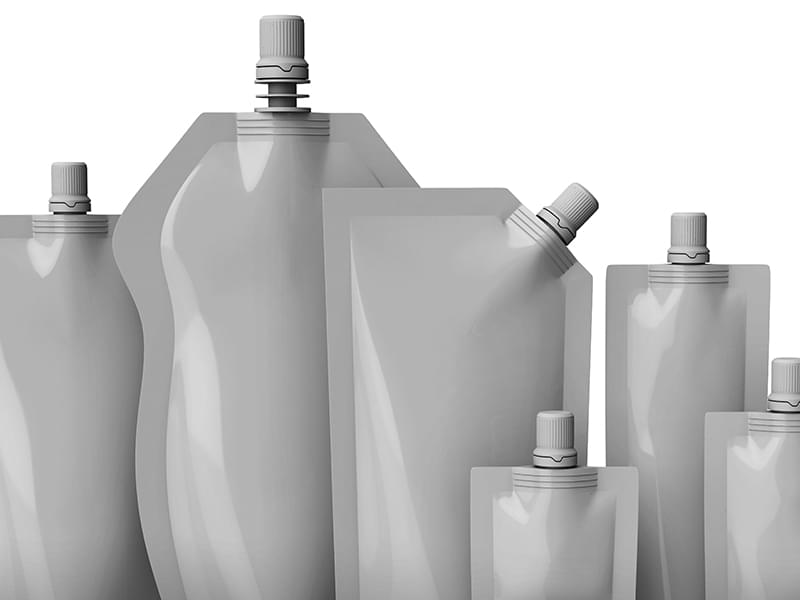Flexible plastic packaging is growing worldwide and is taking market share from other formats such as rigid packaging in many applications. However, multilayer and multi-material plastic packaging film is problematic to recycle. This and other key market developments are the focus of a new report from Smithers,
The Future of Mono versus Multi-Material Packaging to 2028.
Plastic packaging demand is growing worldwide with global consumption forecast to increase at an annual average rate of around 4.0% during 2023-28. Flexible plastic packaging is growing at a faster rate than rigid plastic packaging. Flexible plastic packaging is gaining market share from other pack materials, including rigid plastic packaging, across many different applications. Flexible plastics has continued to encroach on many product sectors within food and beverage and is gaining share in pharmaceutical and markets which were previously served by other packaging formats such as motor oil, paint, baby food and pet food.
Flexible plastic packaging has a number of advantages compared to rigid packaging formats; including lack of rigidity, lower weight, lower transport costs, less energy to produce and lower environmental impact. Barrier protection can be tailored to meet product and shelf-life needs and it can be retorted and hot-filled to challenge glass and metal packaging. Flexible plastic packaging can also be readily printed, decorated and coded without use of separate labels.
Sustainability
With the trend towards packaging recyclability gathering speed, more attention is also being paid to designing the original package to be more easily recyclable. Current packaging design makes recycling difficult to achieve since different materials feature in different elements of the final packaging product. Packages incorporating multi-material and multilayer films, additives, fillers and coatings, for example, are very difficult and expensive to recycle.
The "circular economy" use of materials, from cradle to cradle, is attainable by considering two simple concepts: design for recyclability of products made from virgin materials; and design using recycled materials. To achieve full recyclability, all the different layers would ideally need to be made from mono-materials such as polyolefins. Good design for recycling will raise the quality of recycled plastics, and in turn increase the use of recyclate as well as extend their applications.
Legislation
The European Union has introduced legislation in response to the growing public concern about package recycling and sustainability. In November 2022, the European Commission (EC) unveiled a new regulation to tighten EU packaging and packaging waste legislation with the goal of making all packaging reusable or recyclable by 2030 in a cost-effective manner. These plans aim to minimise the complexity of materials – for example, the number of materials and types of plastics used.
Many brand owners are committing to 100% recyclable packaging by 2025, and all-polyolefin structures have become a major trend.
Mono vs multi-layer plastic packaging
Multi-material flexible plastic packaging provides high barrier protection, keeping products fresh for longer, reducing product waste, and enhancing flavour. The main disadvantages of multilayer and multi-material flexible plastic packaging films stem from the poorer economics of recovery (very little plastic recovered for a lot of effort) versus other heavier packaging forms – so it is collected and recovered less versus other forms in general. Also, multi-layer packaging can contain resins that are incompatible in the final recyclable (e.g., PET/PE) and therefore unusable.
Demand for mono-material plastic packaging is principally being drive by the sustainability agenda. Although, mono-materials have a number of limitations when it comes to packaging certain products, including improving mechanical properties such as sealing strength, and improving the barrier properties of mono-material packaging to an equivalent level as now pertains for multilayer packaging. The further development of mono-material plastic packaging film application depends crucially upon the packaging industry successfully overcoming these limitations.
